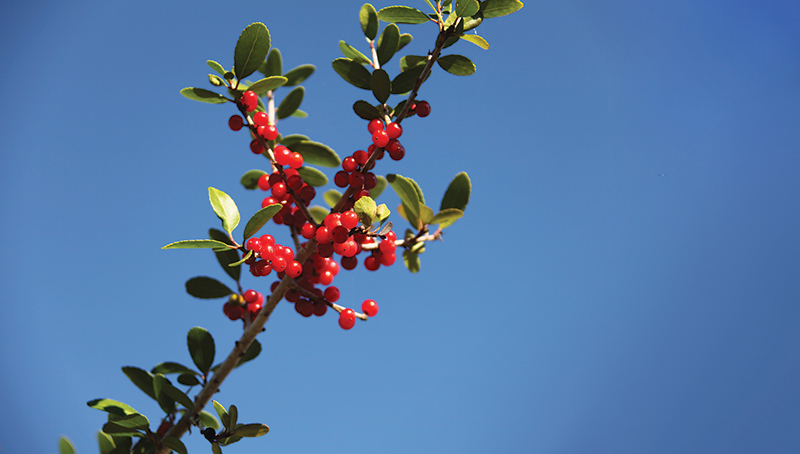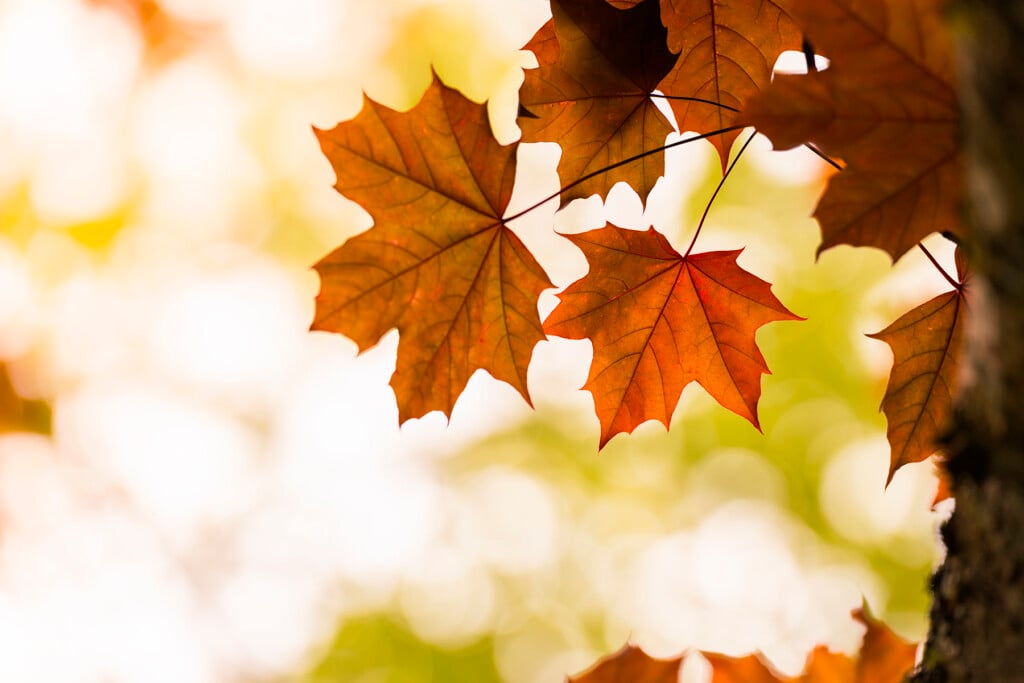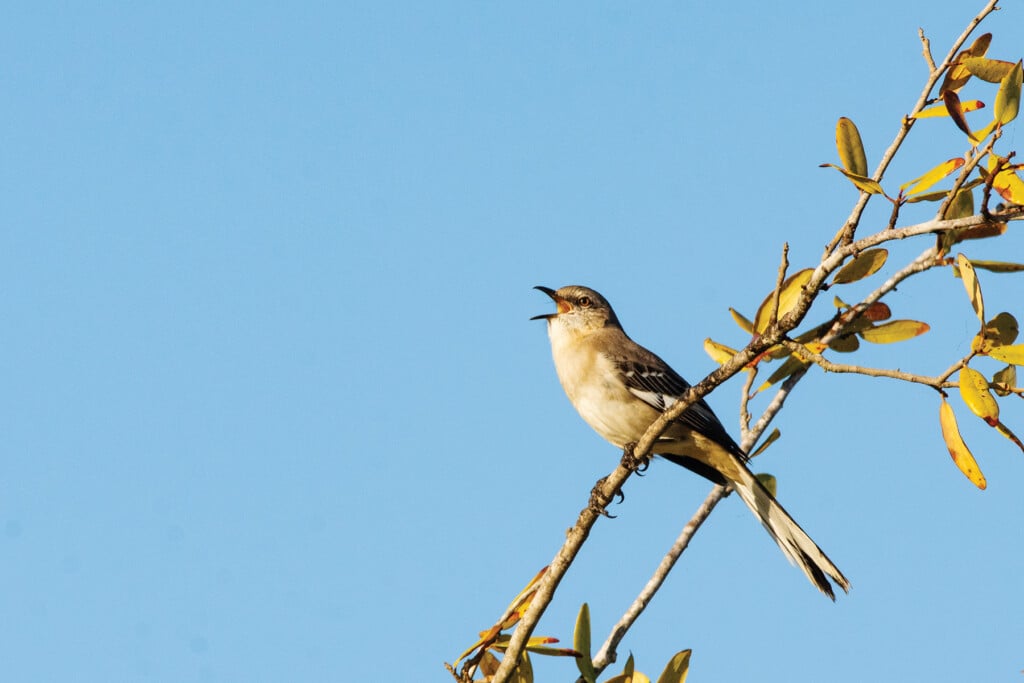By Golly, Plant Holly
Trees supply color and food for birds

Anyone interested in supporting avian residents can make landscape additions now that will attract birds and add color to the home landscape.
Ilexes, as hollies are scientifically known, are common in the temperate to tropical parts of the globe with species on every continent except Antarctica.
Plants in this genus have simple, alternate glossy leaves, usually with sharp spines on their edges. Their inconspicuous flower is greenish-white with four petals and is a source of food for native pollinators during the warmer months of the year.
Generally slow growers, hollies can be either trees or shrubs. While there are many exotic hollies available for home landscapes, there are several native species, too.
Yaupon, sometimes called a yaupon holly, is an evergreen tree or large shrub capable of reaching 25 feet in height. It has small gray-green, leathery leaves densely arranged along smooth, stiff branches.
It will grow in soil with a pH in the mildly alkaline range and is very tolerant of drought and salty air from the Gulf of Mexico. Ideal for coastal landscapes, female plants are very heavy berry producers and form dense thickets in the wild.
First identified in 1927 growing near East Palatka, Florida, the Palatka holly is thought to be a hybrid between two other Ilex species. The broad, rounded leaves have one spine at the tip and few, if any, along the blade edge.
A female Palatka holly is usually heavily laden with bright red berries in fall and winter, especially toward the top of the tree. The tree is capable of growing to approximately 45 feet and has a moderately tight, pyramidal shape.
Dahoon holly has smooth, shiny dark green leaves two to three inches long with just a few serrations near the tip. This holly tree is capable of reaching a height of 20 to 30 feet with a limb spread of
8 to 12 feet.
Dahoons have male and female flowers on separate plants. Male and female trees need to be in close proximity to ensure production of the brilliant red berries in fall and winter. It is not a heavy producer of berries.
The local hollies provide food for hungry wild residents or travelers migrating through the area. If a flock arrives famished from flying, the berries can disappear almost overnight.
Starting Plants From Seed

Photo by FotoDuets
With spring approaching, thoughts turn to planting annual ornamentals and vegetables. Many people install potted plants to get a head start, but others use seeds.
Seeds are economical to buy. Countless varieties are offered at retailers, in mail-order catalogs and through internet purveyors.
Buyers are cautioned to check the packaging for several informational items required by law. Included are germination percentages and the date tested for germination. No seed with a germination test date over one year old is legal to sell.
Typically, germination rates fall after a year, and some batches of seed may have a substandard germination rate rendering them unsaleable.
If other seeds are in the package, they must be listed. This includes weed seeds if they are present.
Required information also includes the weight of the package’s contents and the percentage by weight of each component listed in order of predominance. Seed coatings will account for some of a packet’s gross weight.
Winter Wildflower

Photo by Wikipedia / Creative Commons / Flickr.com / Bob Peterson
Emerald Coast turfgrasses are inactive and currently not growing appreciably. Still, there may be tiny white blooms among the blades of grass.
The roundleaf bluet or innocence (Hedyotis procumbens) is a tiny, native wildflower that blooms during winter and early spring.
The height of this plant is less than 2 inches, and it barely appears above the decaying leaf litter or landscape grasses common to the area.
The flowers are about the size of a dime and usually appear in clusters of 10 or more blooms. Each flower has four snowy-toned, elliptically shaped petals.
The plant requires partial sun but uses the protection offered by trees along with its natural hardiness to produce blossoms during periods of cold and frost. Chemical control or weeding has never been an issue with this perennial.
As the weather warms and the days lengthen, it retreats until the next winter.
Les Harrison is a retired University of Florida/Institute of Food and Agricultural Sciences Wakulla County extension director.


